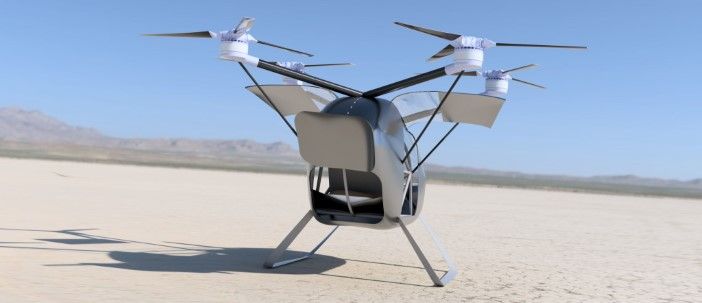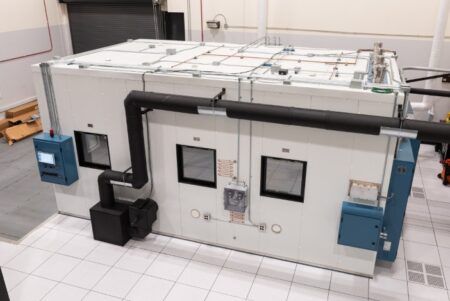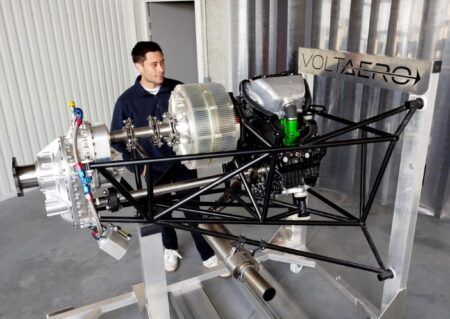A team from Cranfield University has progressed to the second stage of a global competition to design autonomous emergency response aircraft, emerging as the only UK representative among 11 finalists selected from over 200 competing teams worldwide.
The Cranfield group, comprising staff, students and researchers, was recognized for their CRANE (Cranfield Rapid Aerial Network for Emergency) design concept. Their vertical take-off and landing (VTOL) aircraft was rated highly for its safety features, performance capabilities, technical innovation, mission-readiness and feasibility.
The GoAero Challenge is a three-year competition aimed at creating a new class of emergency transport to help first responders reach critical situations more rapidly, particularly in locations inaccessible to conventional helicopters and ambulances. The initiative responds to challenges faced by emergency services worldwide, including extreme weather events, urban congestion and remote “ambulance deserts” where communities lack access to timely emergency medical services.
Muhammad Haad Shaikh, CraneAERO’s captain and project manager said, “We envision our eVTOL as a game-changer in emergency response. In situations where every second counts, our flyer is built to bridge the gap between traditional emergency response and next-generation aerial mobility, providing fast, reliable, and autonomous solutions for search and rescue, disaster relief, and medical evacuation.”
The Cranfield team, directed by Dr Dmitry Ignatyev, senior lecturer in flight dynamics and control, is developing a fully autonomous, remotely piloted quad-rotor eVTOL aircraft. The vehicle will transport people, supplies and equipment in search and rescue and disaster relief situations, utilizing AI and advanced navigation systems for real-time mission adaptations.
“Cranfield has facilities including our own airport, our own aircraft, and the latest aerospace technologies across the spectrum, including those in propulsion, sensors, controls, autonomy, and AI, and design materials,” said Ignatyev. “All this is how we teach our students – a combination of academic training and hands-on industry experiences. Our GoAERO endeavour shows this works well for our students.”
After securing a US$10,000 prize from Stage One, the team is now refining its design, simulations and prototyping to ensure the aircraft meets requirements for emergency operations. Stage Two will involve building and demonstrating a sub-scale prototype by September 2025, with Stage Three requiring a full-scale build and flight testing in challenging environments.
CraneAERO is engaging with industry stakeholders and expanding its team while exploring collaborative opportunities to enhance technical capabilities. The team aims to demonstrate the viability of eVTOL search and rescue platforms, influence future emergency aviation standards, and inspire broader adoption of aerial first responders worldwide.





